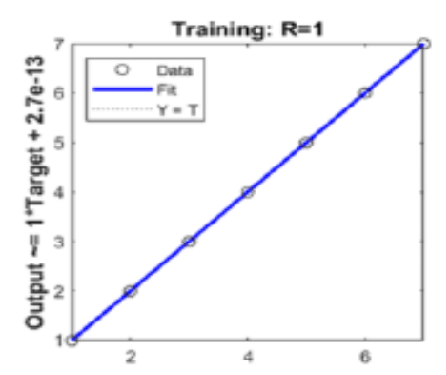


Indian Journal of Science and Technology
Year: 2024, Volume: 17, Issue: 19, Pages: 1935-1946
Original Article
Rakesh Roy1, Md. Mahafuj Anam Murad2, Md. Masum Billah2, Subrata Talapatra3*, Md Mahfuzur Rahman1, Sarojit Kumar Biswas1
1Assistant Professor, Department of Industrial and Production Engineering, Jashore University of Science and Technology, Jashore, 7408, Bangladesh
2Undergraduate Student, Department of Industrial and Production Engineering, Jashore University of Science and Technology, Jashore, 7408, Bangladesh
3Professor, Department of Industrial Engineering and Management, Khulna University of Engineering & Technology, Khulna, 9203, Bangladesh
*Corresponding Author
Email: [email protected]
Received Date:25 March 2024, Accepted Date:20 April 2024, Published Date:03 May 2024
Objectives: To analyze the critical postures of the CNC milling machine operators by RULA (Rapid Upper Limb Assessment) scores and develop an ANN (Artificial Neural Network) prediction model. Methods: The methodology includes a postural analysis of 40 male CNC milling machine operators across Bangladesh, employing both manual (using manual RULA assessment worksheet) and digital (using CATIA V5R21 software) RULA methods complemented by an ANN prediction model. Finally, Digital RULA scores through DHM (Digital Human Modeling) and ANN predicted RULA scores would be compared. Findings: Digital RULA analysis reveals that lifting, carrying, and positioning are the most crucial ergonomic postures, and the most prominent high-risk category limbs are wrist and arm. The overall initial RULA score for lifting, carrying, and positioning are 7, 6, and 7, respectively, and reduced to 3, 3 and 4 respectively for ergonomically designed posture. The ANN model, structured with input, hidden, and output layers of 7, 10, and 1 nodes, significantly refines ergonomic risk prediction by aligning predicted scores closely with actual outcomes during the first stage, emphasized for training. It demonstrates a perfect correlation (R=1) in training, testing, validation, and overall performance for using manual RULA scores. The model's accuracy is further evidenced by minimal prediction offsets across all datasets for digital RULA score in the second stage, with correlation coefficients of 0.87003 (training), 0.93676 (validation), 0.89113 (testing), and (0.88395) for overall. This study contributes significant advancements in ergonomic risk assessment, highlighting the adoption of improved postures to reduce musculoskeletal disorders. Novelty: Employing both manual and DHM methods for RULA score calculation combined with ANN model, which can predict postural risk as floating number and fit a wider range of parameters.
Keywords: ANN, CNC, Digital Human Modeling (DHM), Ergonomics, RULA
© 2024 Roy et al. This is an open-access article distributed under the terms of the Creative Commons Attribution License, which permits unrestricted use, distribution, and reproduction in any medium, provided the original author and source are credited. Published By Indian Society for Education and Environment (iSee)
Subscribe now for latest articles and news.